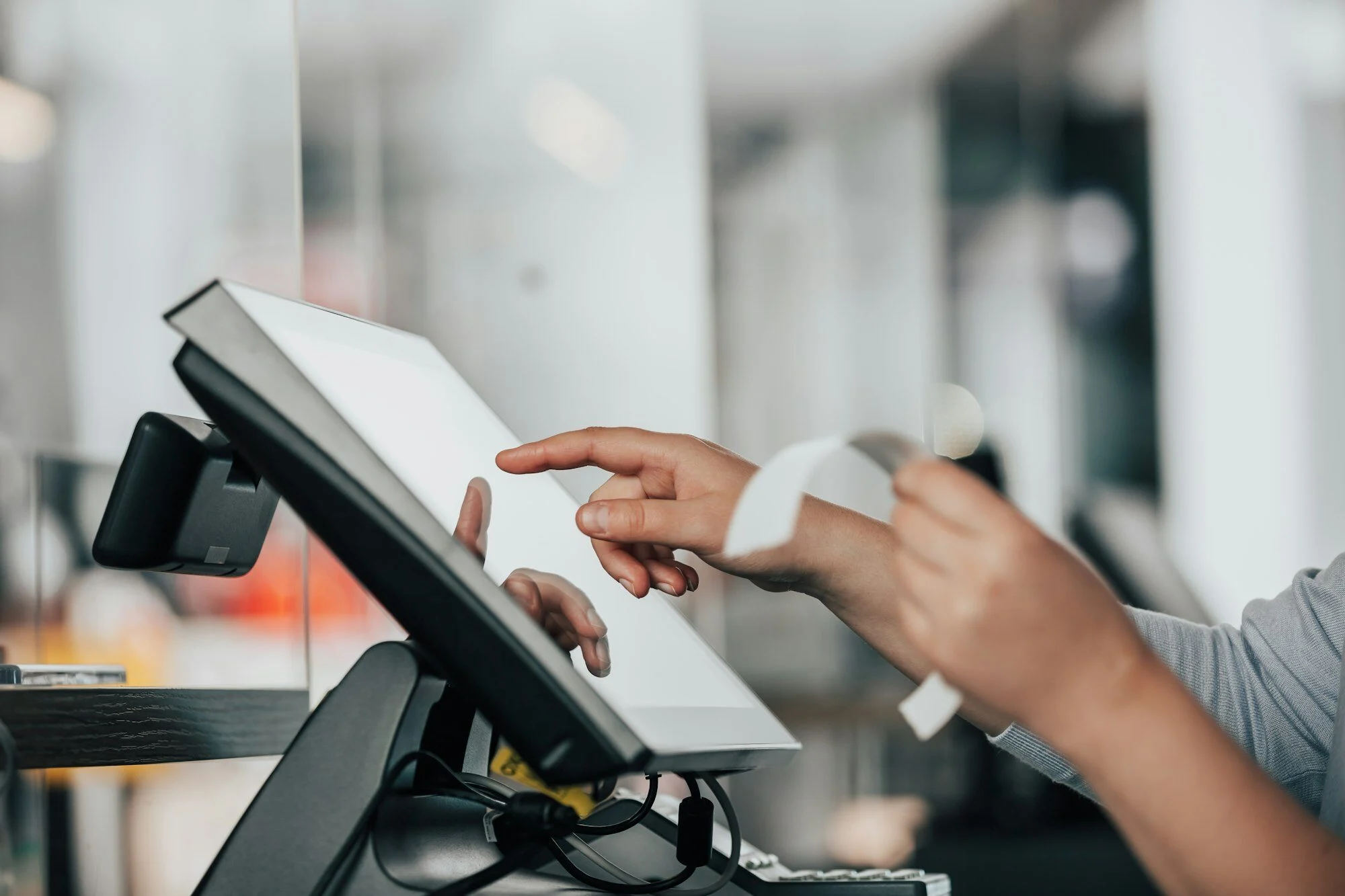Why Menu Customization in POS Systems Matters

In today’s competitive food and beverage industry, efficiency and customer satisfaction are two key drivers of success. One feature of modern Point of Sale (POS) systems that plays a crucial role in achieving both is menu customization. Whether you operate a bustling café or a full-service restaurant, the ability to tailor your digital menu within your POS system can streamline operations, improve service speed, reduce errors, and enhance the customer experience.
1. Streamlining Operations and Speeding Up Service
Cafés and restaurants often have diverse menus with varying options, sizes, add-ons, and modifications. Manually managing these details can slow down service and increase the likelihood of mistakes. A customizable POS system allows you to set up your menu with complete flexibility—down to modifiers like “extra cheese,” “gluten-free,” or “no onions.”
With a well-organized and intuitive POS interface, staff can quickly take orders, make changes on the fly, and keep things moving during peak hours. For example, a barista can tap through a coffee order—selecting size, milk type, and add-ons—in seconds. This not only improves the customer experience but also reduces wait times and increases table turnover.
2. Reducing Errors and Improving Order Accuracy
Order accuracy is vital in the hospitality business. One of the most common causes of mistakes in cafés and restaurants is miscommunication between front-of-house staff and kitchen or bar teams. Menu customization in your POS allows for clear, structured input that translates directly into kitchen display systems (KDS) or printed tickets.
Instead of relying on handwritten notes or verbal clarifications, which can be easily misunderstood, customized menus ensure all the necessary information is captured accurately. This is especially important when handling dietary restrictions, food allergies, or customer-specific preferences.
3. Supporting Promotions and Seasonal Menus
Restaurants and cafés frequently update their menus to reflect seasonal offerings or special promotions. A customizable POS system allows you to quickly add, remove, or modify menu items without needing IT support or technical expertise.
For example, during the fall season, you may want to introduce a Pumpkin Spice Latte or a limited-edition soup. With a customizable POS, you can set it up in minutes, assign pricing, and include modifiers—all within the system. You can also schedule items to appear or disappear automatically based on dates, saving you time and ensuring your menu stays up-to-date.
4. Enhanced Reporting and Sales Tracking
Customized menus enable more granular and accurate sales reporting. By tracking individual items, modifications, and add-ons, managers can gain deep insights into what’s selling, which items are underperforming, and how customer preferences shift over time.
For example, if your POS reports show a high number of “oat milk” modifiers being added to lattes, you might consider promoting it more prominently or even offering a plant-based menu section. This kind of data-driven decision-making is only possible when your POS system is set up with a detailed and dynamic menu.
5. Improving Staff Training and Ease of Use
Training new staff in a fast-paced food service environment can be a challenge. A well-structured, customized POS menu makes training easier by reducing the complexity of order-taking. New employees can learn the system faster when menu options and workflows are intuitive and tailored to your business operations.
Instead of memorizing off-menu changes or figuring out workarounds, staff can rely on the POS to guide them through the process, reducing stress and increasing confidence during busy shifts.
6. Creating a Better Customer Experience
At the end of the day, the goal of any café or restaurant is to serve great food and deliver a memorable experience. Menu customization in your POS system helps you do just that. It ensures customers get exactly what they want, how they want it—and fast.
From personalized drink preferences to special meal requests, being able to accommodate customer needs seamlessly through your POS system can be a key differentiator in a crowded market.
Conclusion
Menu customization in POS systems isn’t just a “nice-to-have” feature—it’s a strategic necessity. It empowers your staff, improves accuracy, supports marketing efforts, enhances reporting, and most importantly, helps deliver better service to your customers. If your current POS doesn’t offer robust menu customization features, it might be time to consider upgrading. In an industry where every second and every detail counts, the ability to customize your menu quickly and effectively can make all the difference.






